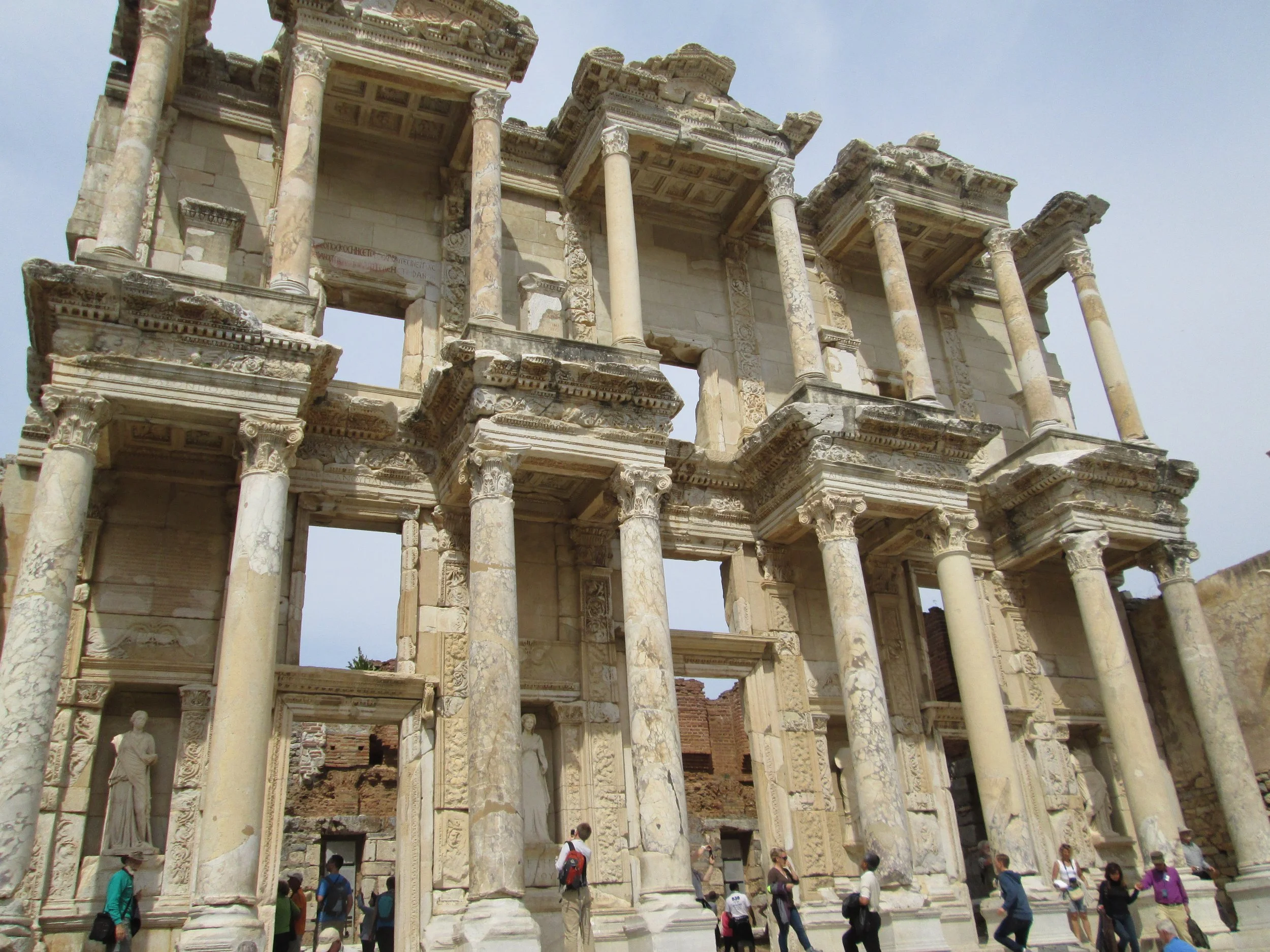Petra: The Rose-Red City Carved from Memory and Stone.
From the narrow Siq to the Treasury and the Monastery, Petra tells the story of a civilisation that thrived in one of the harshest landscapes on Earth. This is the history, engineering and wonder behind Jordan’s most ancient city.
Ephesus: Empire, Faith, and the Vanished Sea.
On Turkey’s Aegean coast lies Ephesus — the city that became time itself. Once home to the Temple of Artemis, one of the Seven Wonders of the Ancient World, it rose and fell with empires, leaving behind marble streets, grand theatres, and whispers of gods and emperors.
Uplistsikhe: Fortress of the Lord.
Explore Uplistsikhe, Georgia’s ancient cave city, where stone chambers and forgotten rituals echo through time.
Ruins in the Sand: Failaka and the Ghosts of the Gulf War.
Once a vibrant island community just offshore from Kuwait City, Failaka now stands abandoned—its home bombed, schools empty, and banks scarred by execution. This is not just a place lost to war, but a monument to memory. Explore the ruins of the Gulf War’s forgotten front line.
Failaka: Island of Dilmun and Alexander the Great.
An island once sacred to the gods, ruled by Greeks, and scarred by war. Failaka is where myth, trade, and trauma collide beneath the desert sun.
Sigiriya:Fortress of Dreams and Stone.
Journey to the heart of Sri Lanka’s ancient skies with Sigiriya — a stone citadel of kings, dreams, and vanished empires.
Ur: Cradle of Civilisation.
Walk through the dust of kings and the silence of ziggurats. In Ur, memory is carved in clay and shadow, where the past still whispers through every ruin.
Discover one of the world’s oldest cities — where civilisation began.








